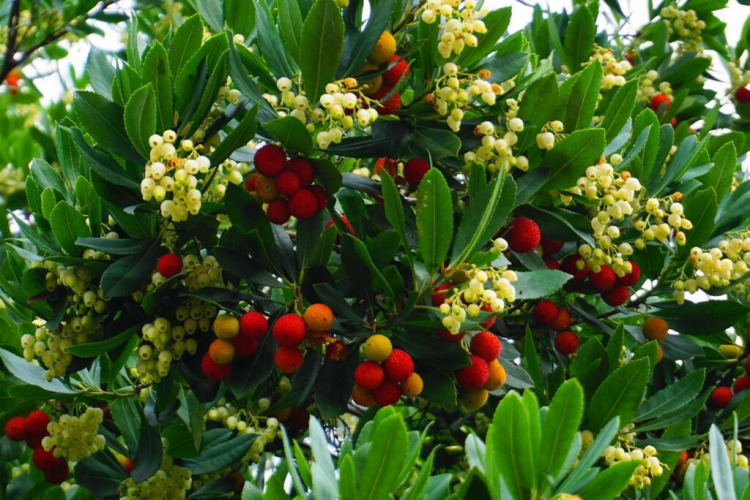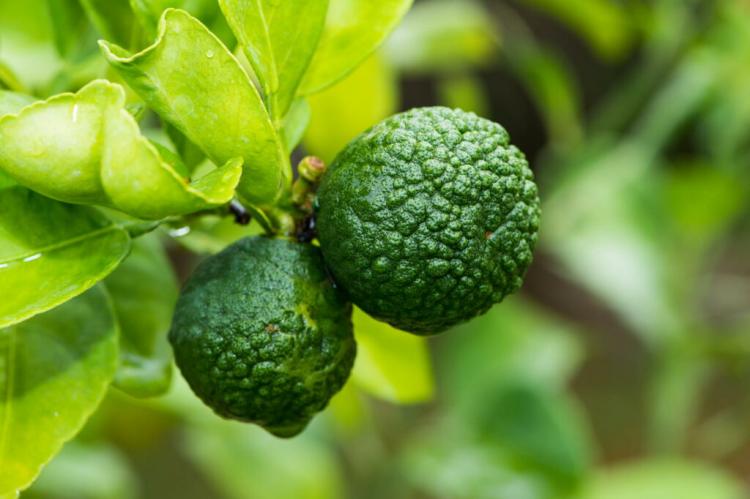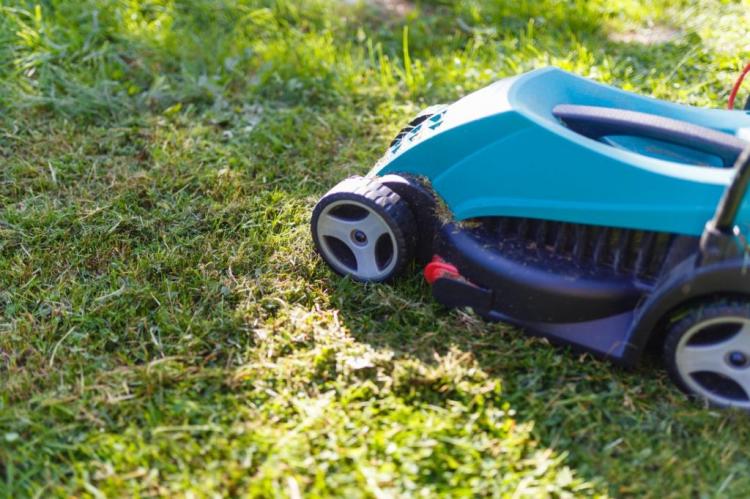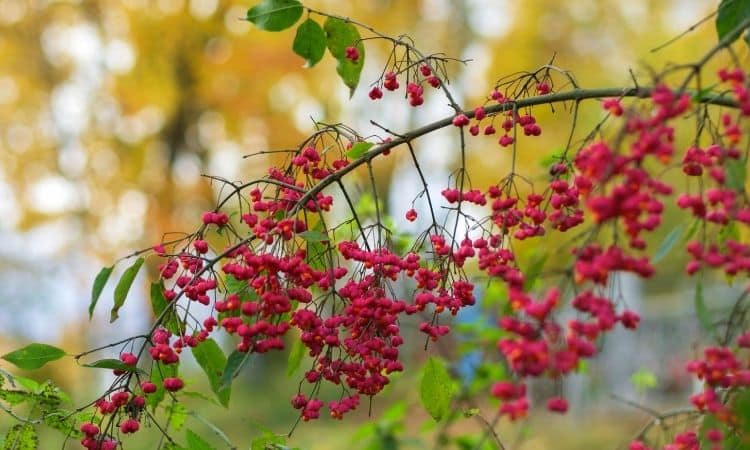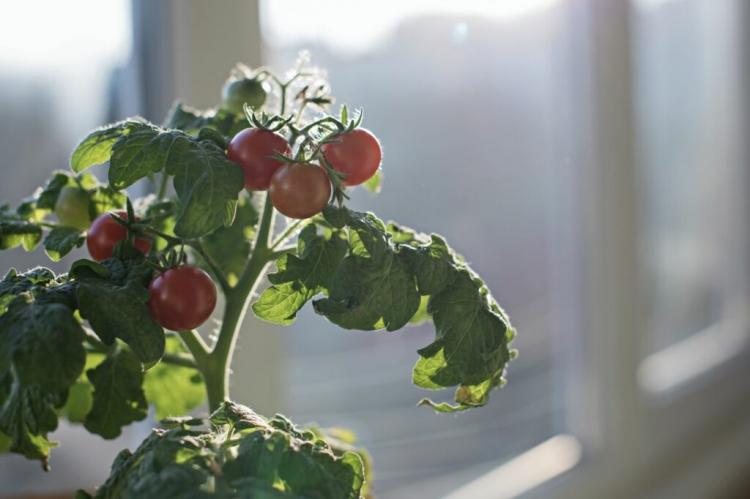Blood flower Plant: Care, Location And Flowering Time
The blood flower is a special potted plant for the garden or living room. Read here how to plant and care for them.
Few have a blood flower at home, though the showy, scarlet bloom is a real beauty. How to properly care for the tropical plant and in which places it grows well, you will learn in this article.
Blood flower: flowering time, appearance, and characteristics
Table of Contents
The Scadoxus multiflorus, also known as the blood flower or the fireball lily, is an extraordinary beauty for your garden. Until the late 20th century, the blood flower still belonged to the genus of blood flowers ( Haemanthus ) and was called Haemanthus multiflorus. Due to an adaptation of the names, from today’s botanical point of view, however, it belongs to the Scadoxus and belongs to the Amaryllis family ( Amaryllidaceae ). The generic name “blood flower” and the trivial plant name “blood flower” can easily be confused.
The perennial, herbaceous plant originally comes from the tropical areas of Africa and the humid parts of the Arabian Peninsula. It is typically found in the shade of large trees or on river banks. The blood flower thrives both in the lowlands and on mountain slopes. It grows on the edges of forests, in closed tropical forests, or, rarely, in open areas.
The perennial organ of the blood flower is an onion. In spring it begins to develop simply wavy leaves that are around 40 cm long. These converge in a purple spotted pseudo-stem, which is formed by the leaf sheaths. The development of the 60 to 90 cm long inflorescence lasts until flowering in July or the end of August but can vary from year to year. Usually, the blood flower blooms before the leaves are fully developed. The showy pink to scarlet red flowers are hermaphroditic and form an umbel. Their stamens are noticeably protruding.

The most beautiful species
There are three subspecies of the blood flower that are very popular for the home garden:
- ‘ Scadoxus multiflorus subsp. katharinae ‘: comes from the south of Africa, grows up to 120 cm high, orange-red flowers only in late summer, pseudo-stem often spotted purple, the most commonly cultivated variety of the blood flower.
- ‘ Scadoxus multiflorus subsp. longitubus ‘: Comes from the tropical deep forests of West Africa, blossoms only in late summer, is rarely cultivated.
- ‘ Scadoxus multiflorus subsp. multiflorus ‘: Comes from the southern tropics of Africa and the tropical parts of the Arabian Peninsula, fiery red flowers.
The three subspecies differ slightly in terms of the structure of the flower.
Planting blood flowers in pots: location, substrate
The blood flower is ideal to be planted in a pot. In summer it needs a semi-sunny, but bright location. Outside temperatures of at least 15 ° C are a must because of their tropical origin. If you want to keep the blood flower as a houseplant, you should place it near the window at a sufficient distance from heaters. Long, direct sunlight should be avoided, as this can cause burns to the leaves.
If the location is too dark, the blood flower forms elongated, light green shoots to gain access to light and to carry out photosynthesis. These are the so-called “Geiltriebe”. In summer, the blood flower likes to soak up the sun outdoors, a shady location without direct midday sun is well suited. Since the plant needs warm temperatures, it should not be brought outside from its winter quarters too early.
You might so like: Dahlias: Expert Tips About The Dahlia
A suitable substrate is a potting soil, which is mixed with sand and gravel in a ratio of 2: 1: 1. A mixture should therefore be used that stores nutrients and water well, but is at the same time water-permeable and well-ventilated. This creates a permanently moist, but never wet, root space. A very slightly acidic potting soil is suitable for this. By using compost instead of peat, is more sustainable and can also store water and provide nutrients particularly well. This creates an ideal habitat for the blood flower.
The plant bulbs should be inserted so deep that the upper part still protrudes about a finger’s width and is not covered with soil. Then the onions should be pressed lightly, briefly poured on, and brought to their warm, sunny location. Root formation and leaf growth begin after just a few days.
Summary: location, substrate, and planting of the blood flower
- Semi-sunny, bright location with temperatures above 15 ° C and without direct sunlight.
- Substrate a mixture of potting soil, sand, and gravel in a ratio of 2: 1: 1 to store water well and avoid waterlogging.
- Let the planting onions stick out of the ground about a finger’s width, press them down lightly and water them so that the roots develop.
Care of the blood flower
The blood flower requires little care, provided that its annual rhythm is observed. In summer there is different fertilization and watering than during the cool winter. The change in care is also a prerequisite for reliable flower formation.
You might so like: Nightshade (The Solanaceae)
Fertilize and water
During the warm season, the root ball of the blood flower should be watered regularly. It is allowed to dry out, but not to dry out completely. If the surface of the soil in the pot is dry, it is time for freshwater. During the leaf-free phase in winter quarters, the root ball should be watered now and then so that it does not dry out. A finger test to determine whether the soil is still moist is a suitable control.
In addition to regular watering, the blood flower should be fertilized every one to two weeks during the vegetation phase. A liquid ornamental plant fertilizer is suitable for this. It quickly supplies the plant with all the important nutrients and ensures healthy growth. When repotting, however, a fertilizer in granulate form should be used to carry out basic fertilization with a long-term effect. This is not only necessary for flower formation but is also an important part of the plant’s energy balance, for example.
Repot blood flower
The blood flower is sensitive to disturbances, which is why it should only be repotted every 2 to 3 years. Narrow planters and only limited space for the roots are not a problem – as long as the nutrient supply is right, the blood flower will still thrive in full splendor. The best time for repotting is spring – between February and April – when the vegetation is still dormant. To do this, the root ball can simply be removed from the old container. Excess soil should be removed before the plant is placed in the new pot. Then the pot can be filled again with a loose potting soil-sand-gravel mixture (ratio of 2: 1: 1) so that the upper part of the onion protrudes from the earth with a finger’s breadth.

Why isn’t my blood flower blooming?
If the blood flower does not produce flowers, stress during the flowering induction phase, i.e. flowering preparation, is the reason. Flowering is only induced if the plant has been able to collect enough energy in its bulb after flowering and if it is sufficiently cool and moist during the winter. If this is not the case, the blooming of the blood flower is not stimulated to protect its reserves and only green leaves appear in the following year to simply ensure the survival of the plant. So it is necessary to hibernate the blood flower properly.
You might so like: Vanilla Flower: Everything You Need To Know About Planting And Caring For The Solstices
Hibernate blood flower
Rooms with cool temperatures of 10 to a maximum of 15 ° C are suitable for wintering. When the leaves begin to turn yellow, it’s time to stop watering. Since the blood flower loses all of its leaves, it can tolerate being overwintered in completely dark rooms, such as the cellar. The onions remain in the dry to slightly moist soil. During hibernation, the blood flower should hardly be watered, only the drying out of the earth should be prevented.
If the blood flower is cultivated outdoors in a tub, it should move to winter quarters as early as September, as it does not tolerate frost.
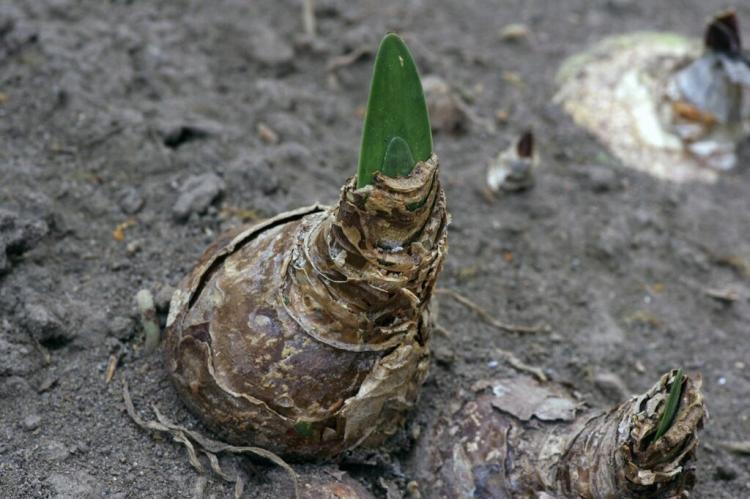
Is the blood flower poisonous?
The blood flower bulbs are poisonous. They contain alkaloids, especially lycorin, in large quantities. If consumed, this can lead to nausea, vomiting, and diarrhea, and in higher doses, it can even lead to paralysis and circulatory failure.

